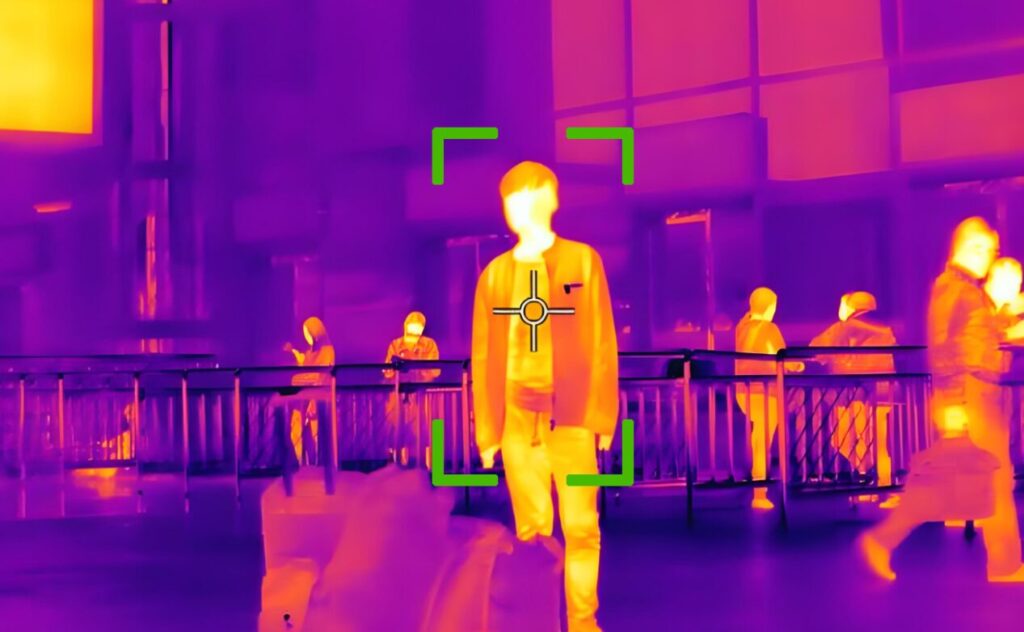
In today’s complex and ever-changing environments, traditional surveillance methods often struggle with limited visibility and delayed response times. With technological advancements, drone cameras equipped with intelligent recognition, dynamic tracking, and multi-spectral sensing capabilities are revolutionizing security and disaster monitoring through their unique aerial advantages.
Omani-Dimensional Perception: Breaking Spatial and Environmental Barriers
Drone cameras integrate multi-dimensional technologies to achieve three core capabilities:
- Wide-Area Coverage: A single drone can monitor an area 10 times larger than traditional ground-based devices, easily overseeing borders, large campuses, and other expansive zones.
- Environmental Adaptability: Combining visible light, infrared, and other multi-spectral imaging, they maintain clear visibility at night, in fog, rain, or snow.
- Flexible Perspectives: Adjusting angles mid-flight eliminates blind spots, ensuring comprehensive coverage.
Intelligent Analysis: From “Seeing” to “Understanding”
Modern drone cameras go beyond simple recording, evolving into smart analytical tools:
- Dynamic Target Recognition: AI algorithms automatically distinguish between people, vehicles, and animals, reducing false alarms by over 90%.
- Behavioral Pattern Analysis: Identifies suspicious activities (e.g., loitering, trespassing) through trajectory tracking, triggering real-time alerts.
- Data Fusion Processing: Integrates geographic and thermal data to generate structured surveillance reports.

Collaborative Operations: Building a Multi-Layered Surveillance Network
Drone cameras enhance efficiency through three collaborative modes:
- Swarm Coordination: Multiple drones autonomously divide monitoring zones for synchronized large-area scans.
- Air-Ground Integration: Shares data with ground cameras and satellite imagery for a multi-tiered surveillance system.
- Rapid Response: Automatically tracks anomalies and guides security teams, reducing reaction time to minutes.
Diverse Application Scenarios
- Public Safety
Monitors crowd density in urban areas or major events to preempt emergencies.
- Disaster Management
Rapidly assesses flood or earthquake damage, locates survivors, and optimizes rescue efforts.
- Infrastructure Inspection
Conducts routine checks on power lines and pipelines to detect potential hazards.
- Ecological Conservation
Tracks wildlife and prevents illegal activities like poaching or logging in protected areas.
Conclusion
The evolution of drone cameras marks a paradigm shift from “fixed-view” to “intelligent sensing” in surveillance technology. Their aerial mobility, smart analytic, and collaborative capabilities are redefining modern security standards. With further integration of 5G and edge computing, these “intelligent eyes” will continue expanding their applications, building safer and more efficient monitoring systems for society.
